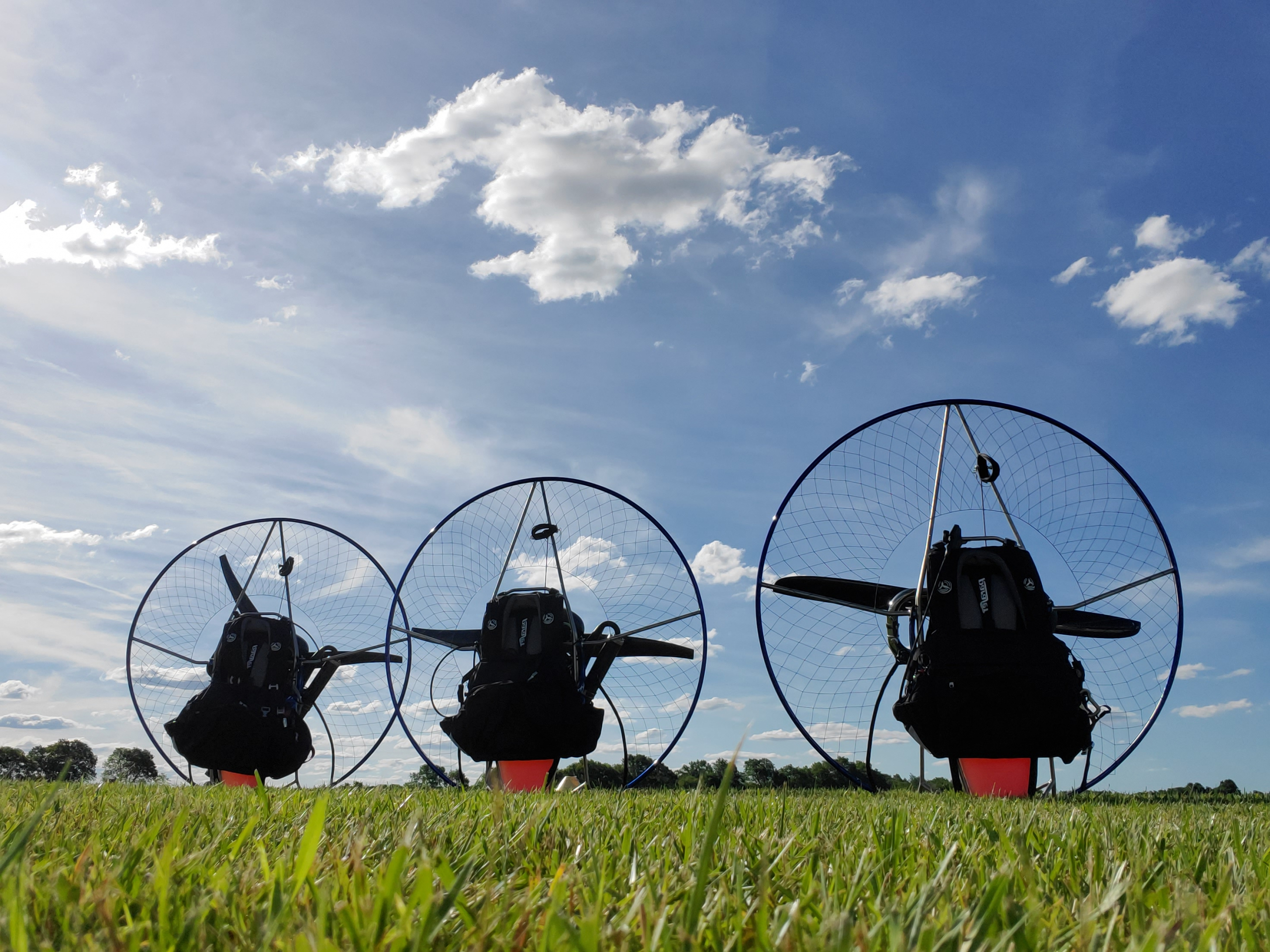TRAINING WITH PREDATOR
Location Location Location
Train at a professional aircraft facility. Predator Paramotor Training takes place at 1334 N Lutheran Church Rd 45417. There, you will have access to all professionally maintained and inspected equipment that Predator Paramotor has to offer. Whether you are brand new to aviation, or you are coming to improve your skills. Predator Paramotor Training has the equipment to make sure you learn in a safe but fun environment!
The Equipment
Train with professionally maintained and inspected equipment that Predator Paramotor can provide. Some of the eqiupment will include a brand new simulation rig, new Cloudstreet winch, Parajet Maverick frames, Vittorazi Moster 185 and the Vittorazi Atom80, Gin Pegasus3 gliders, and the Icaro Horus helmets.
More and More People are Learning!
Flying that’s safe and affordable.
Price
Intro Class
(NEW!)
$200
- Meet the Instructor
- See the Equipment
- Learn Wing Basics
- Take an instructional tandem flight
- Only 1 day
New To PPG Package
(All Gear Included)
$3000
- Ground School
- Ground Handling
- Launch Techniques
- Gear Purchase Advising
- 10-15 Days of Training
FAQ
There is a lot of questions about training, this will help you get started.
What is the price?
The price is 3000$ Check our Prices Section for all the information on cost.
What is paramotoring or powered paragliding?
Flying a paramotor is the cheapest, most rewarding, and probably the safest form of aviation available to the public. In some cases, it allows you the freedom of flying from your back yard. It offers the convenience of packing up your aircraft and taking it to almost any location to fly. It is probably best described as “the motorcycle of the sky”. You pull the glider into the air allowing it to inflate and become rigid. You use the propeller from the motor to create thrust and help the glider to provide lift for you to climb, allowing you to run into the sky.
How safe is it?
How old do you have to be?
What do I need to fly?
Are there rules?
Where can you fly at?
What if the motor dies?
Do you need a license?
How long does it take?
Does it all have to be done at once?
Do I need equipment?
What will I learn?
Let’s Get Started!
Ready to take the leap?! Contact Predator Paramotor Training now!



